Architecture and design can improve social conditions. Throughout the world, local traditions and patterns of living are being modified. People are becoming more aware of their needs and the value of their welfare. The work we do as architects and designers should align with society and these social issues. We are responsible for the spaces where people inhabit and dwell, where children are raised, and where communities grow and flourish. Architecture, interior and furniture should be uplifting and designed for embracing our humanity.
The world is reflected in the body, and the body is projected onto the world. We remember through our bodies as much through our nervous system and brain. (1)
At this time of the day, just a few months ago, it was still dark. I'm biking and suddenly an overpowering flower aroma passes by. I instantly thought about summer vacations in Buenos Aires - humid, recently cut grass transported me to my childhood. Not to a special day, but to a morning where my senses picked this information up. Before I came to Denmark, I've never used the bicycle this much nor experienced any of these season changes or aromas. This experience made a connection with my body and my mind, taking me immediately to an unexpected memory.
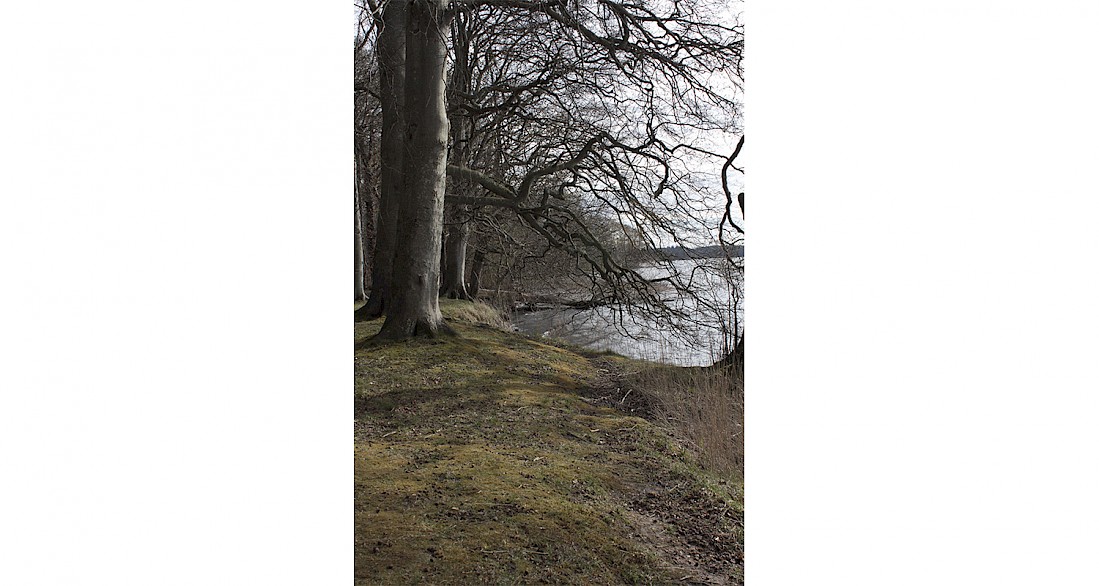
No matter how much we try, it's impossible to fully understand a culture where we have not been raised. Memories are encrypted in our minds and the smallest thing may trigger them. As foreigners, we are missing the 'body memory' of being a child in that place. But I don't see this as a problem, not at all, on the contrary. Nowadays, thanks to the evolutions in technology and globalization we can know a lot about other cultures. Work in teams internationally is not something new, and most of us know at least one person from abroad with a different culture.
Being an architect and a designer, I consider these encounters - as well as traveling - extremely enriching as we will experience things to which we weren't exposed to before. While designing, being a foreigner should encourage us to be alert, to be present and to observe. I will never design as Danish - I'll design as an Argentinian that lives in Denmark and empathizes with this country's traditions and materials through my own memory and identity.
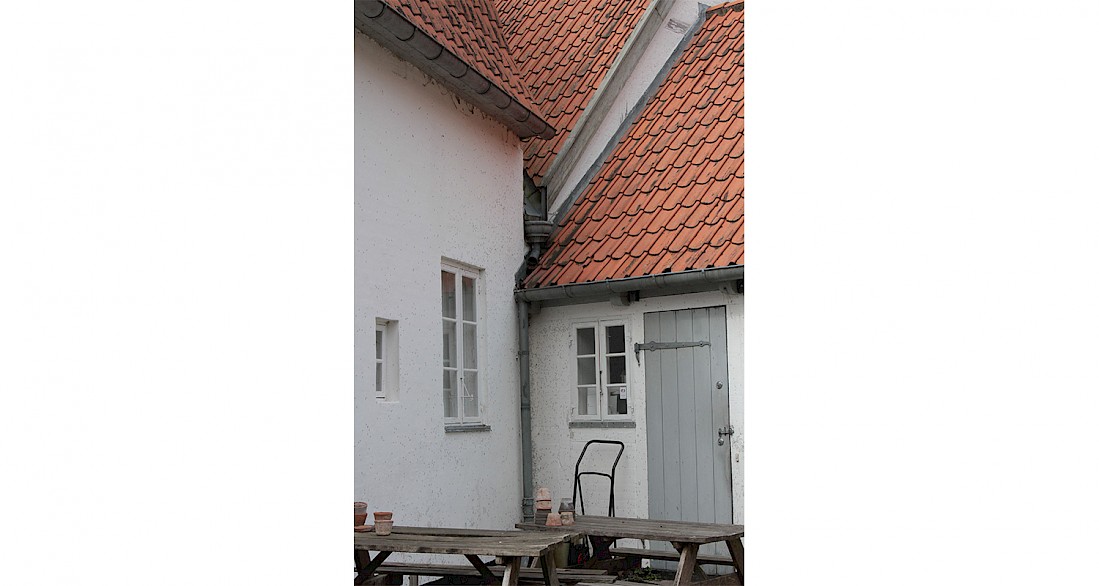
Every work of art is the child of its time, while often it is the parent of our emotions. Thus, every cultural period creates art of its own, which can never be repeated again. (...) Such imitation resembles the antics of apes. Externally, the animal’s movements are almost like those of human beings. The monkey sits and holds a book an inch from its nose, turns the pages, makes thoughtful faces, but there is no sense or meaning in any of these actions. (2)
I encourage designers to think as foreigners through their design processes. Designing as an outsider makes our senses alert and aware of our surroundings, letting us find new perspectives and solutions. We're present in the moment but acknowledging our past.
Architecture - and our time - is often too real, too brutal to admit the sophisticated innocence of the phenomenological gaze. (3)
Everytime I get to know an architect I ask if during their studies they received any education on social studies - namely anthropology, psychology of interior, furniture, product or textiles design and history. In most cases, the answer is no. In most cases, architectural education consists not only in a denial of traditions, needs and resources, but of people. We are taught that clients ruin architecture, that their lives and thoughts don’t matter because, as architects, we know best. We know how they should eat, sleep, raise their children and enjoy life - that’s why WE went to college, right?
As spanish architect Iñaqui Abalos describes it, being an architect with a phenomenological approach to design should be part of a natural process as human beings. The ‘phenomenological house’ is actually just architecture with people in it.
There is something that differentiates the phenomenological house from the rest of the houses that we visit. And it is that this is both the product of a decision of the one who projects, as the object of the experience of the person who dwells in it. In other words, architecture is phenomenological in itself, all houses, by virtue of being physical objects placed before someone, are phenomenological houses, since this discipline studies these relationships and provides certain knowledge to intensify the experience of the objects. (4)
My intention isn’t to diminish the work we do as architects saying that people that haven't got any education in design know best. Actually, as Pallasmaa states: “Uncritical acceptance of the client's program only leads to sentimental kitsch.”(5) In the process of becoming architects and designers we tend to forget some of our primitive instincts towards how we perceive spaces, materials, textures, lights. Our aim should be to return the value of sensory experience to lead the body to interact with space and established notions of contact, community, closeness, intimacy and introspection. All these feelings are part of human nature and you don’t need to study to feel them. You need to study in order to learn how to replicate them. Creatives need to learn how to design in an honest way. Our senses perceive things, hence design is usually quite subjective - as we are trained by the society and culture we grow up in. That is what makes design so interesting. If we learn to untrain our senses. If we learn how to become a foreigner.
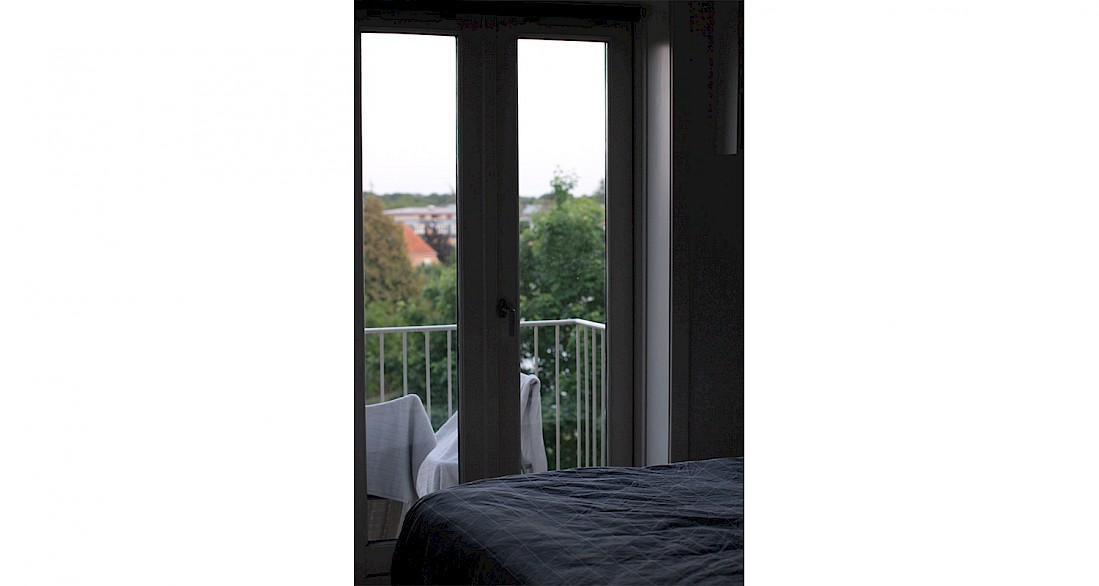
A phenomenological approach in a design process requires us to be present and perceive the world that surrounds us - to understand that we should design experiences. We need to seek for wonder in our designed spaces, as educator Catherine L ‘Ecuyer writes, wonder is the center of all motivation and action - “Wonder is what makes life genuinely personal”. (6)
The phenomenologist thinks that he knows only the fact of his own life; this is his only starting point - hence his radical subjectivity. For this reason, he wishes first of all to find “a naive contact with the world”. His philosophical task is not so much to analyze or explain, but rather “to describe the experiences.” (7)
Being a foreigner is like becoming a child again, you need to learn a new way of expressing yourself in order to communicate. You need to observe carefully, repeat and detect patterns, and all of this is possible if we try to forget any preconceived thoughts. As designers, we shouldn’t be afraid of seeing things in a different way, as a matter of fact, we should encourage that thinking.
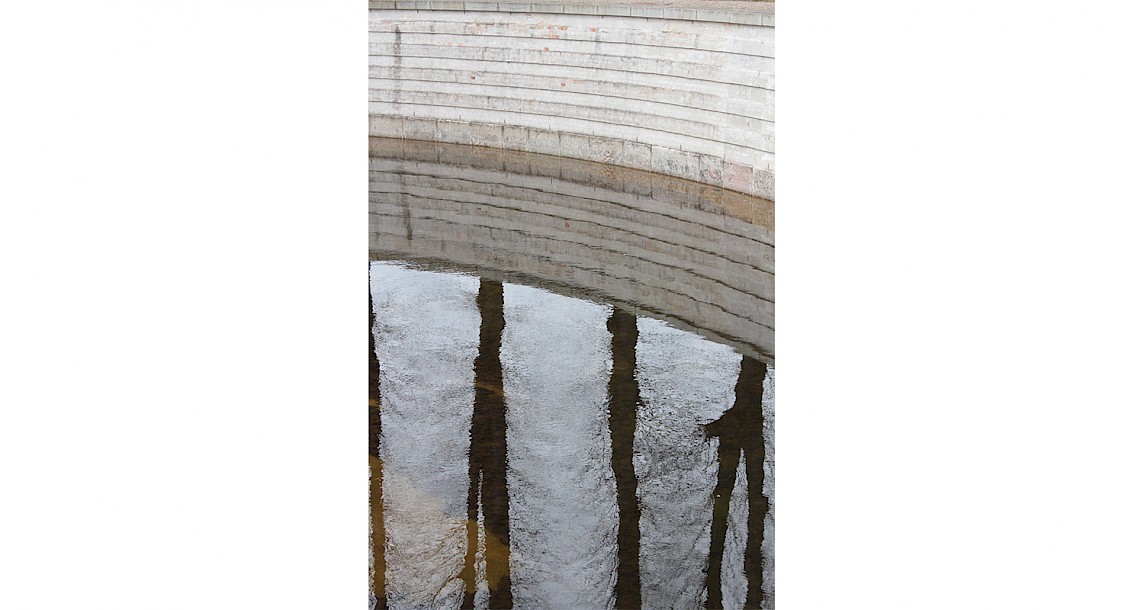
In his book, Abalos uses two bibliographic references to build the phenomenological house, hence the phenomenological subject: “Phenomenology of Perception” (1945) - a book about perception by the French philosopher Maurice Merleau-Ponty - and “The Poetics of Space” (1958) - a book about architecture by the French philosopher Gaston Bachelard. In order to design and build as a phenomenological subject we need to be sensitive to our surroundings. As designers, we should be able to find inspiration not only in built architecture, but in literature, nature, books, movies, paintings, food, people, music - our context, our life. The habitat where you are raised and the one where you decide to live, places you have visited - all that information is carefully stored by your unconscious and your body and will help you when you least expect it. Juhani Pallasmaa defines this act as “silent knowledge”, certain knowledge that our senses and body structures, produces and stores. Our body is not just the stage for cognitive thinking. In fact, traditions and craftsmanship are usually transferred directly into the senses and into the muscles from master to apprentice.
The phenomenological subject is a person that inhabits a life of wonder, a person coming from abroad that finds everyday life new and exciting. If this subject is a designer, his/her way of experiencing the world will influence his/her designs and will affect the way a lot of people experience their own life. As an architect and professor - I try to transmit the need and importance of observing our environment. Observation leads to reflection, questioning, action, and gives us the possibility to make our analysis to form individual and genuine opinions of the world in which we are designing.
How to recover the topological labyrinths of large rural mansions in houses and apartments that are barely one hundred square meters; how to organize a skin that is ajar, providing intensity, in a facade with limited surfaces and techniques and in places without any quality. (...) You can - why not - simply renounce this endeavor, understand that the phenomenological vein is too beautiful to be real; perhaps its destiny is elitist, and it can only unfold its intensity where circumstances permit. [But] imagination is sometimes capable of overcoming misery. (8)
According to some distinguished philosophers today, such as Alva Noë, human consciousness is not located in the brain at all, but it is out there in our relationships with the world, in “the joint operation of brain, body, and the world.” (9)
How to become a foreigner? I have prepared a series of brief exercises to train our senses to experience with a new perspective our routines and everyday context. Your aim should be to apply these experiences into your design process - to gather and register situations of how you experience normal circumstances using a phenomenological approach.
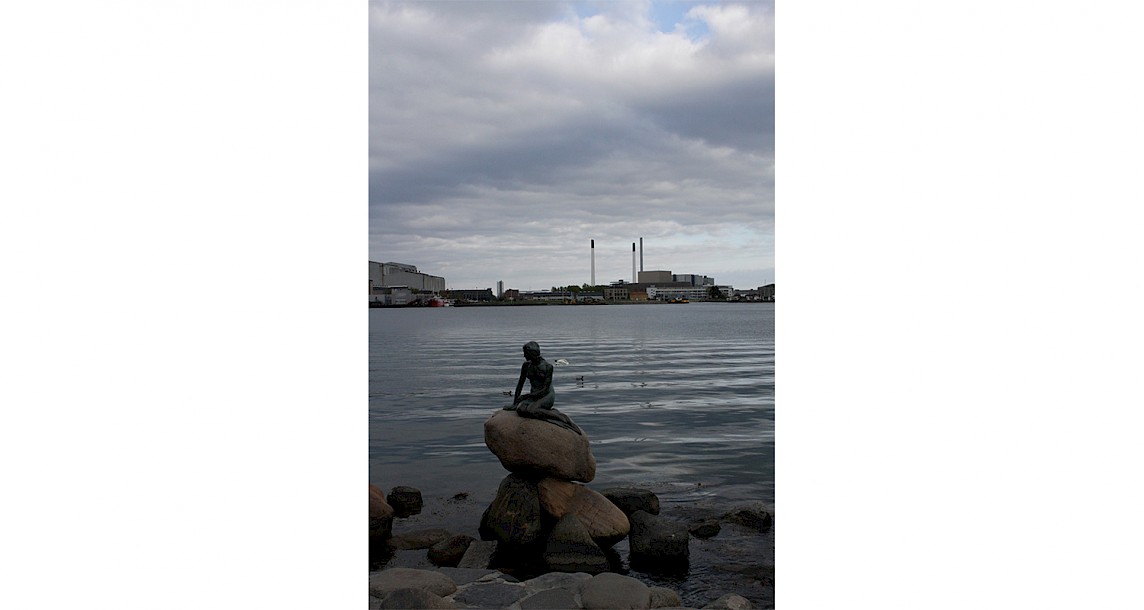
REMEMBER!
You don’t need to go to fancy destinations to get inspired, you just need to be awake.
Exercise 1: Dérive
Take a walk without carrying any gadgets (no phone, no music, no earplugs, just you and your body). Please note that you’ll need a while until you stop thinking about things you have to do, etc. and start hearing and observing. This is a form of meditation…an active architectural-designer meditation.
Avoid planning your trajectory. Just start walking and decide where to go next based on a topic you like such as materials, light, vegetation, sounds, smells. Every decision you make about where to go next should be based on the topic you choose. The walk should take between 30 and 60 minutes.
Once you’re back, make some notes describing your walk through your senses. For example, SMELL - try to describe all the smells you can remember from your walk. Use your imagination for describing them, did they remind you of something? What color should be that smell?, etc. These notes should be as detailed as possible and you could even make drawings.
Note: for enabling these experiences for future designing processes, you should date them and make a brief description of the walk trajectory and time it tooked. Use a notebook just for this purpose, such as a logbook.
Exercise 2: Retrospective
5 questions about yourself, as a person that happens to be a designer.
Turn off your phone. Do this exercise only if you know you’ll be able to give yourself time to think and answer the following questions in the most honest way. (Don’t worry - no one is going to read them, only you. This doesn’t make it any easier as we usually lie to ourselves first.)
1. Where are you from? How would you describe the culture where you were raised and do you think that your background has an impact on how you design? Why?
2. If you had the chance, where would you like to be born? What do you think that culture (religion, food, weather, landscape, traditions, etc.) may offer you as a designer that you don’t have?
3. What is your connection with your past? Do you have particular memories of your childhood? Do you have any spatial memories (travel you made, places you visited or lived in, etc.)? Do you think about all these things while creating-designing?
4. How do you express yourself best artistically? (Some help: drawing - painting, taking photographs, writing, filming, recording music, etc.)
5. How do you feel about your relationship with your body? Do you feel comfortable in it? Do you think about your body as a tool? Do you take care of it? How? Or why not?
Note: use your exercise notebook. And again, write down the date and time when you answered these questions. The more detailed you can be while registering things the better. You should think about these exercises as notes from an experiment. Scientists write down everything, no element is of more or less importance. Whilst researching - anything can lead to a breakthrough, you just might not know it yet.
Exercise 3 - Colours
Before going to bed, with the artificial lights on, take 2 or 3 minutes to really observe your room and everything that you can see from your bed.
What colours do you see? Are some objects more interesting than others? Is that because of the form or of the colour? All small details are important, so try not to see only the obvious things in your room (namely, bed, curtains). When the time is up, write down (in your exercise notebook) everything that you can remember about what you have just seen.
Remember, this is an exercise about color. Write about how you see colors in your room, describe the sizes of the objects, describe how that colors make you feel, everything that comes to your mind, everything that you can remember of what you saw. You should then be able to read this text and transport another person to that moment even if they haven’t been there, so every single detail counts.
Once you’re done, repeat the complete exercise, but this time with the lights off. Also write on your notebook with the lights off. When you wake up, read what you wrote the previous night. Repeat the exercise with natural lighting. Represent graphically the 3 different observation moments (try not to take a picture, try to represent them in a more abstract way).
(Do at least one of the exercises and come back to read Act III).
*
People all over the world are becoming more aware of their needs and the value of welfare. For the past few years - and for the last few months especially - a more responsible consumption trend has grown not restricted to the small wealthy circuits. The pursuit of a sustainable lifestyle is becoming a more achievable goal for a wider spectrum of people.
A culture that has lost its imagination can only produce apocalyptic visions as a projection of a repressed subconscious. (10)
That is why the work we do as architects and designers should be of relevance to society and social issues. We need to be informed and keep our minds inspired, because we are responsible for the spaces where people will dwell, where children will be raised, and where communities will grow up.
Beauty is what triggers wonder. Wonder attunes to beauty through sensitivity and is unfolded by secure attachment. When wonder, beauty, sensitivity and secure attachment are present, learning is meaningful. On the contrary, when there is no volitional dimension involved (no wonder), no end or meaning (no beauty) and no trusting predisposition (secure attachment), the rigid and limiting mechanical process of so-called learning through mere repetition becomes a deadening and alienating routine. This could be described as training, not as learning, because it does not contemplate the human being as a whole. (11)
In 2003, the Academy of Neurosciences for Architecture (ANFA) was created within the framework of the American Institute of Architects based in San Diego, California. An Academy, that after 15 years from its foundation, now begins to have empirical evidence and concrete tools to address issues that designers contemplated from empathetic conjectures. The foundation of this Academy is a global landmark with its core interest in investigating a subject little analyzed from the academic and scientific fields. An organization destined to study the problem of the quality of life and the environment in which we live.
While the brain controls our behavior and genes control our design plan and the structure of the brain, the environment can modulate the function of genes and ultimately the structure of our brain. By projecting the environment in where we live, the architectural project modifies our brain and our behavior. (12)
This incipient investigation empirically evidences the perception of generations of architects and psychoanalysts: the importance of architectural-designed spaces. The quality of the spatial context has a measurable impact on people. Architecture and design do not only condition behavior, but it can change our brain structure and our body, leading to changes in social behavior. People can not only benefit from a quality architectural complex space but they can be impaired by it. “It has been convincingly established that one-dimensional or sensory impoverished environments lead to equally negative developments in the mind.” The lack of well designed spaces could affect a community and could lead to the equivalent of malpractice for a doctor. Nothing good can come from living in a context that doesn’t encourage us, nor give us space to achieve a meaningful learning of life, of ourselves and of our surroundings.
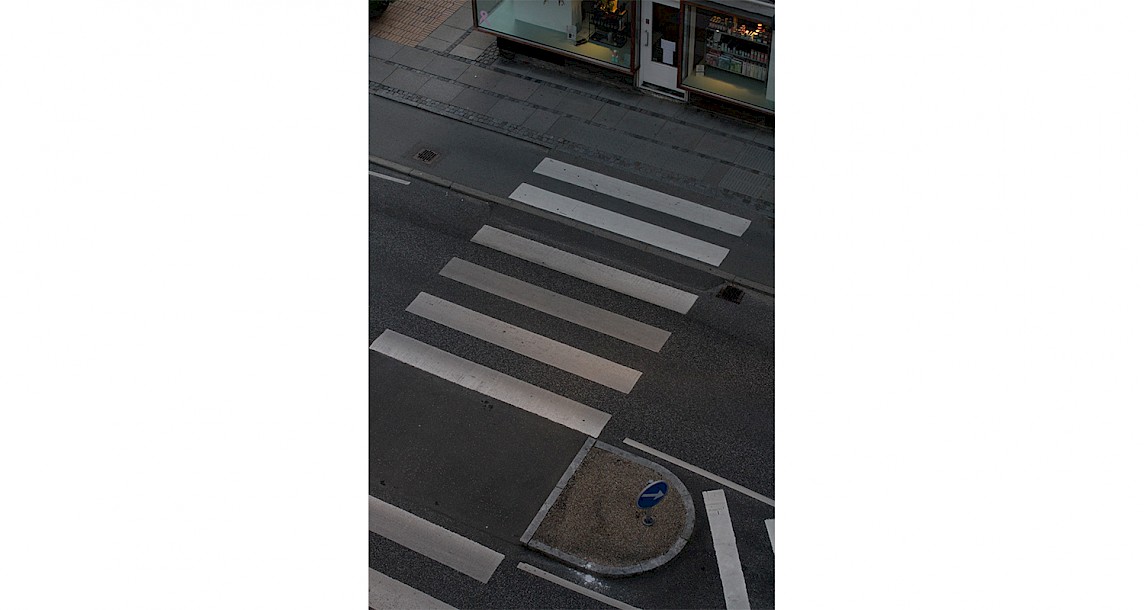
Designing for embracing human beings means acknowledging traditions, cultures, history. For creating meaningful dwelling experiences, we need to encourage ourselves (and others) to connect with the phenomenological subject we all have in us.
Umberto Eco distinguishes between two types of writers: one who writes what the reader expects to read and another who, by writing, creates an ideal reader. According to Eco, the former only writes mere vulgar newsstand literature, while the latter is capable of writing literature that timelessly moves the human soul. In my opinion, only the architect who creates his ideal client on his projects can create houses and homes that give humanity hope and meaning rather than mere superficial satisfaction. (14)
We should aim to achieve a sincere and humble approach to architecture, where the simplest yet complex action of dwelling guides our work as designers. Mere aesthetics shouldn’t be the end goal. It is exactly this reason that design is usually considered something exclusive and that only a few can afford. To achieve a balanced life for the majority, we need to design for human beings as a whole. We need to help create a community that places people first, an environment that acknowledges and triggers our senses.
*I would like to thank artist and friend Carolina Simonelli for inspiring some of these exercises while I was attending her colour classes back in Buenos Aires.